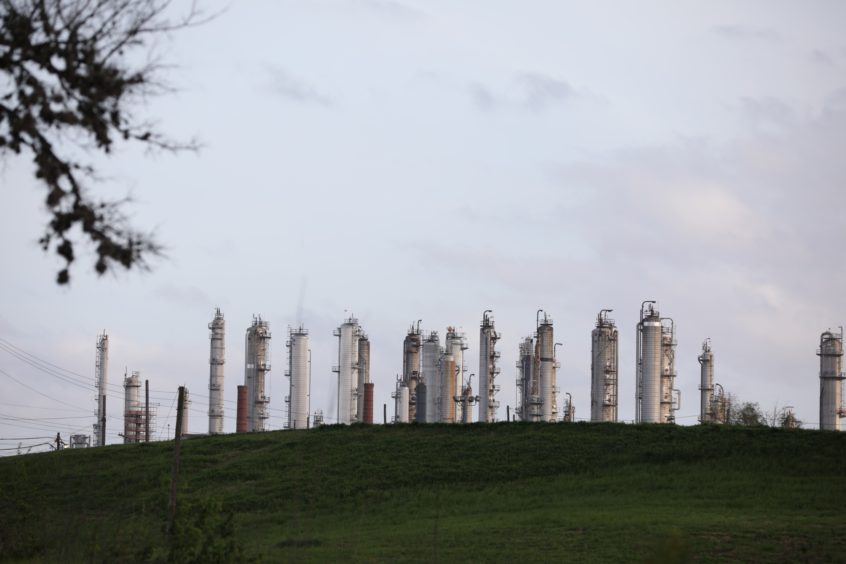
The oil and natural gas capital of the world is going all-in on solar power.
Houston will begin a new five-year contact in July with NRG Energy Inc. to power all of its city-owned properties, from fire stations to airports, with renewable energy. The move means the nation’s fourth-largest city will reach its goal of 100% renewable power five years sooner than anticipated.
It’s just the latest milestone for a community that’s quietly been going green for more than a decade. Mayor Sylvester Turner, who is actively courting Elon Musk to relocate Tesla Inc. and SpaceX to Houston, hopes the deal maxing out municipal use of renewable power will help change the image of a city best known for the oil and gas companies that do business there.
“All they see in the city of Houston is Chevron and Shell and Exxon,” Turner said Thursday in a telephone interview. “They kind of look past the city of Houston, but there are some incredible things that are happening in the city of Houston when we start talking about renewables.”
In fact, Houston is the greenest city in America, buying more renewable power than any other, according to the U.S. Environmental Protection Agency. It currently powers 92% of all city properties with a combination that includes mostly wind and a little bit of solar. The new contract includes options to extend it by up to two years.
“We’re getting pricing that is at or better than market prices,” Robert Gaudette, senior vice president of business solutions for NRG, said in a phone interview. “When we have customers who are willing to sign up long term, like in this case, then we can pass along some of that savings on to the customer.”
The city, which is working on a climate action plan, is in the process of building 1,800 miles (2,900 kilometers) of bike lanes as well as preserving and enlarging parks to mitigate global warming. It is hoping its latest boost in renewable power encourages residents and businesses within the city to follow suit.
Gaining Traction
Going green has steadily gained traction through previous mayors, beginning in earnest with Bill White, who ran the city from 2004 to 2010.
City-owned properties account for about 1% of the 101 billion kilowatt-hours of electricity consumed last year in the greater Houston area, according to the state’s grid operator. Homes, businesses and other private properties in the city will continue to get their power from a mix of fossil fuel and clean-energy plants, with the largest share coming from natural gas.
But solar installations for homes and businesses in Houston have doubled over the past two years, ending 2019 with 42.5 megawatts, according to the watchdog group Environment Texas.
“Houston is quickly moving up the ranks of American cities for solar,” Luke Metzger, executive director of the nonprofit, said in an email. “We’re seeing similar growth in the suburbs as well.”
Solar Farm
Turner said he hopes to attract a developer who could turn a 300-acre dormant landfill sitting in a heavily populated, low-income community into one of the largest urban solar farms in the U.S. Such a development may be a difficult sell in a state that has seen plans for at least 13 solar farms scrapped since crude prices began plummeting in March.
Turner emphasized, however, he won’t be turning his back on the industry that put Houston on the map.
“We owe a great deal to oil and gas companies and I don’t run away from that,” the native Houstonian said. “The city is not trying to put anybody out of business and we’re not trying to push anybody aside. We’re trying to do something that’s uniquely Houston that will have a global international impact.”
Recommended for you
